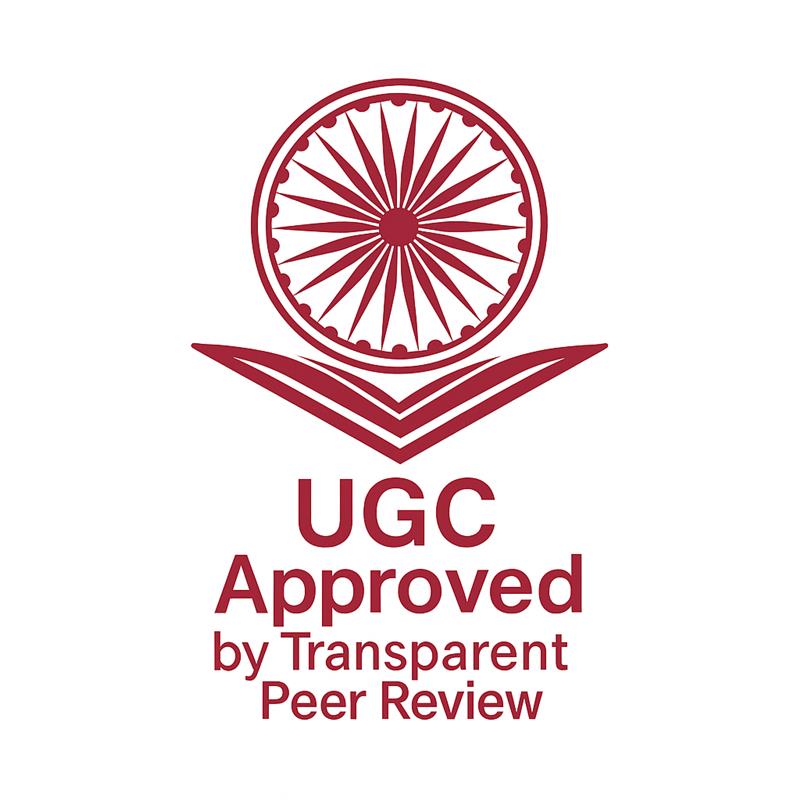Paper Title
How do nanoparticles of various materials and morphology as additives impact the friction reduction and wear prevention properties of motor oil operating at different temperatures?
Article Identifiers
Authors
Keywords
nanoparticles, lubricant additives, friction reduction, wear prevention, motor oil, tribology, molybdenum disulfide, nanodiamonds, graphene nanoplatelets, internal combustion engines, tribofilms, polyalphaolefin oil, ball-on-disk testing, diesel engine dynamometer, coefficient of friction, wear volume loss, brake specific fuel consumption, emissions reduction, tribofilm formation, surface analysis
Abstract
Internal combustion engines continue facing pressures to improve efficiency and lifespan, necessitating advanced lubricants. Nanoparticles as additives can generate protective tribofilms, reducing friction and wear. This study examined molybdenum disulfide, nanodiamonds, and graphene nanoplatelets in polyalphaolefin (PAO) oil using ball-on-disk tribology (25°C-100°C) paired with a 1.5L diesel engine dynamometer. Results demonstrated 10-40% decreases in coefficient of friction and wear volume loss with nano-formulated lubricants, linked to interfacial films preventing metal contact during run-in. Favorable friction properties directly enhanced engine output metrics including 3-5% lower brake specific fuel consumption and reduced emissions like NOx and particulates. Microscopy analysis revealed nanoparticle-based layers down to 50 nm thickness responsible for lubrication gains. Fundamental connections between tribology screening and system efficiency improvements establish these tailored nano additives as a practical means for advancing internal combustion technology through friction mitigation alongside indirect benefits like longer hardware lifetime. Further inline testing can replicate long-term impacts of contamination, transients, and compatibility for durable real-world solutions. This cross-functional study exemplifies how understanding specific mechanisms allows developing deliberately engineered lubricant systems, driving innovation in sustainable mobility.
Downloads
How To Cite (APA)
Arish Sawant (February-2024). How do nanoparticles of various materials and morphology as additives impact the friction reduction and wear prevention properties of motor oil operating at different temperatures?. INTERNATIONAL JOURNAL OF NOVEL RESEARCH AND DEVELOPMENT, 9(2), a59-a67. https://ijnrd.org/papers/IJNRD2402008.pdf
Issue
Volume 9 Issue 2, February-2024
Pages : a59-a67
Other Publication Details
Paper Reg. ID: IJNRD_213268
Published Paper Id: IJNRD2402008
Downloads: 000122254
Research Area: Mechanical EngineeringÂ
Author Type: Indian Author
Country: Bombay , Bombay , India
Published Paper PDF: https://ijnrd.org/papers/IJNRD2402008.pdf
Published Paper URL: https://ijnrd.org/viewpaperforall?paper=IJNRD2402008
About Publisher
Journal Name: INTERNATIONAL JOURNAL OF NOVEL RESEARCH AND DEVELOPMENT(IJNRD)
UGC CARE JOURNAL PUBLICATION | ISSN: 2456-4184 | IMPACT FACTOR: 8.76 Calculated By Google Scholar | ESTD YEAR: 2016
An International Scholarly Open Access Journal, Peer-Reviewed, Refereed Journal Impact Factor 8.76 Calculate by Google Scholar and Semantic Scholar | AI-Powered Research Tool, Multidisciplinary, Monthly, Multilanguage Journal Indexing in All Major Database & Metadata, Citation Generator
Publisher: IJNRD (IJ Publication) Janvi Wave | IJNRD.ORG | IJNRD.COM | IJPUB.ORG
Copyright & License
© 2025 — Authors hold the copyright of this article. This work is licensed under a Creative Commons Attribution 4.0 International License. and The Open Definition.
You are free to share, adapt, and redistribute the material, provided proper credit is given to the original author. 🛡️ Disclaimer: The content, data, and findings in this article are based on the authors’ research and have been peer-reviewed for academic purposes only. Readers are advised to verify all information before practical or commercial use. The journal and its editorial board are not liable for any errors, losses, or consequences arising from its use.

Publication Timeline
Article Preview: View Full Paper
Call For Paper
IJNRD is a Scholarly Open Access, Peer-Reviewed, Refereed, and UGC CARE Journal Publication with a High Impact Factor of 8.76 (calculated by Google Scholar & Semantic Scholar | AI-Powered Research Tool). It is a Multidisciplinary, Monthly, Low-Cost, and Transparent Peer Review Journal Publication that adheres to the UGC CARE 2025 Peer-Reviewed Journal Policy and aligns with Scopus Journal Publication standards to ensure the highest level of research quality and credibility.
IJNRD offers comprehensive Journal Publication Services including indexing in all major databases and metadata repositories, Digital Object Identifier (Crossref DOI) assignment for each published article with additional fees, citation generation tools, and full Open Access visibility to enhance global research reach and citation impact.
The INTERNATIONAL JOURNAL OF NOVEL RESEARCH AND DEVELOPMENT (IJNRD) aims to advance applied, theoretical, and experimental research across diverse academic and professional fields. The journal promotes global knowledge exchange among researchers, developers, academicians, engineers, and practitioners, serving as a trusted platform for innovative, peer-reviewed journal publication and scientific collaboration.
Indexing Coverage: Google Scholar, SSRN, ResearcherID-Publons, Semantic Scholar (AI-Powered Research Tool), Microsoft Academic, Academia.edu, arXiv.org, ResearchGate, CiteSeerX, ResearcherID (Thomson Reuters), Mendeley, DocStoc, ISSUU, Scribd, and many other recognized academic repositories.
How to submit the paper?
By Our website
Click Here to Submit Paper Online
You can now publish your research in IJNRD. IJNRD is a Transparent Peer-Reviewed Open Access Journal Publication (Refereed Journal), aligning with New UGC and UGC CARE recommendations.
For more details, refer to the official notice: UGC Public Notice
Submit Paper Online
Important Dates for Current issue
Paper Submission Open For: December 2025
Current Issue: Volume 10 | Issue 12 | December 2025
Impact Factor: 8.76
Last Date for Paper Submission: Till 31-Dec-2025
Notification of Review Result: Within 1-2 Days after Submitting paper.
Publication of Paper: Within 01-02 Days after Submititng documents.
Frequency: Monthly (12 issue Annually).
Journal Type: IJNRD is an International Peer-reviewed, Refereed, and Open Access Journal with Transparent Peer Review as per the new UGC CARE 2025 guidelines, offering low-cost multidisciplinary publication with Crossref DOI and global indexing.
Subject Category: Research Area
Call for Paper: More Details
Approval, Licenses and Indexing: More Details

 :
: 




